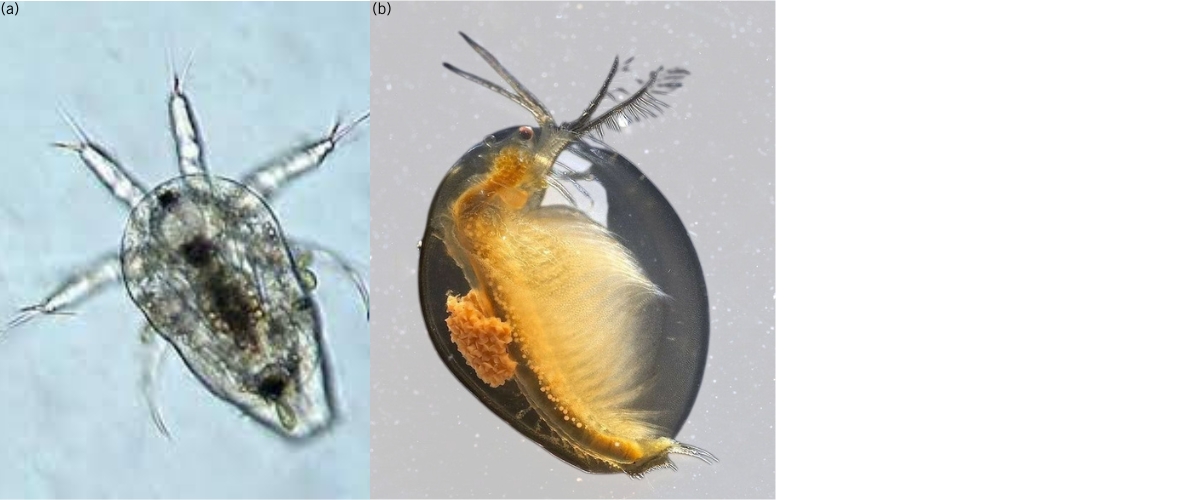The Commonwealth Environmental Water Holder’s (CEWH) Science Program funds the Flow Monitoring, Evaluation and Research (Flow–MER).

Dr Ivor Growns is a Research Fellow and a member of the University of New England’s Flow-MER team. Ivor investigates how aquatic ecosystems respond to Commonwealth water for the environment delivered to the Warriku (Warrego) and Guwayda Warrambools (Gwydir Wetlands).
One part of aquatic ecosystems is the very small animals that live and breed in the water. These animals are sometimes called water fleas, but we like to call them micros, as in micro-invertebrates or micro-bugs. They are so small they are almost impossible to see with the naked eye. Micros form an important link in the food chain in rivers and wetlands providing food sources for fish, frogs, birds and other larger aquatic animals. When the wetland and river are drying, micros survive by producing eggs that can survive many years in the river bed sediment without water. When water comes to the wetlands and rivers, either as rain or through water for the environment deliveries, the eggs hatch and they breed. The largest number of
micros recorded over 10 years of monitoring is 75,000 animals in one litre of water.
“There are many species of micros. They can be divided into two main groups: copepods and cladocerans. The cutest by far are the cladocerans, and my favourite are the Bosminidae because they have a long nose (beak) and a pointy bum”.
Dr Ivor Growns
Both groups occur in most freshwater habitats across the world. Copepods can either be predators (eat other animals), planktivores (eat phytoplankton and bacteria in the water column) or detritivores (eat organic matter on the water bed). Cladocerans are mainly planktivores or detritivores.
Pictured below are the most common micros.



Photo credits
Figure 2 (a) https://www.inaturalist.org/, (b) https://www.inaturalist.org/, (c) https://www.nikonsmallworld.com/
Figure 3 (a) https://www.shapeoflife.org/, (b) https://www.polarlife.ca/
Figures 4 (a) https://www.shapeoflife.org/nauplii-larvae, (b) https://nas.er.usgs.gov/queries/greatlakes/FactSheet
Managing water for the environment is a collective and collaborative effort, working in partnership with communities, private landholders, scientists and government agencies – these contributions are gratefully acknowledged.
We acknowledge the Traditional Owners of the land on which we live, work and play. We also pay our respects to Elders past, present and emerging.


